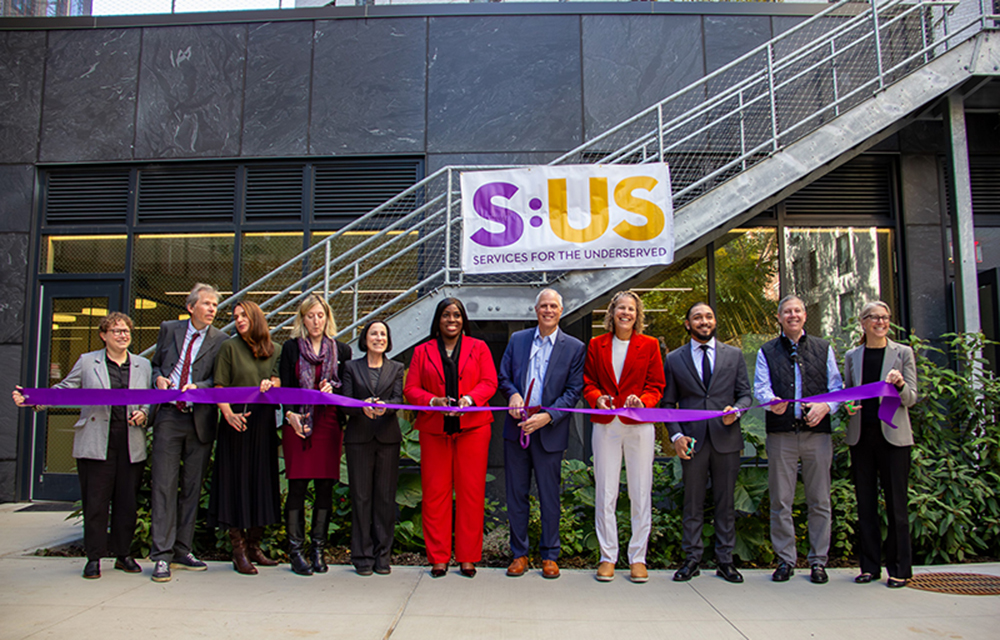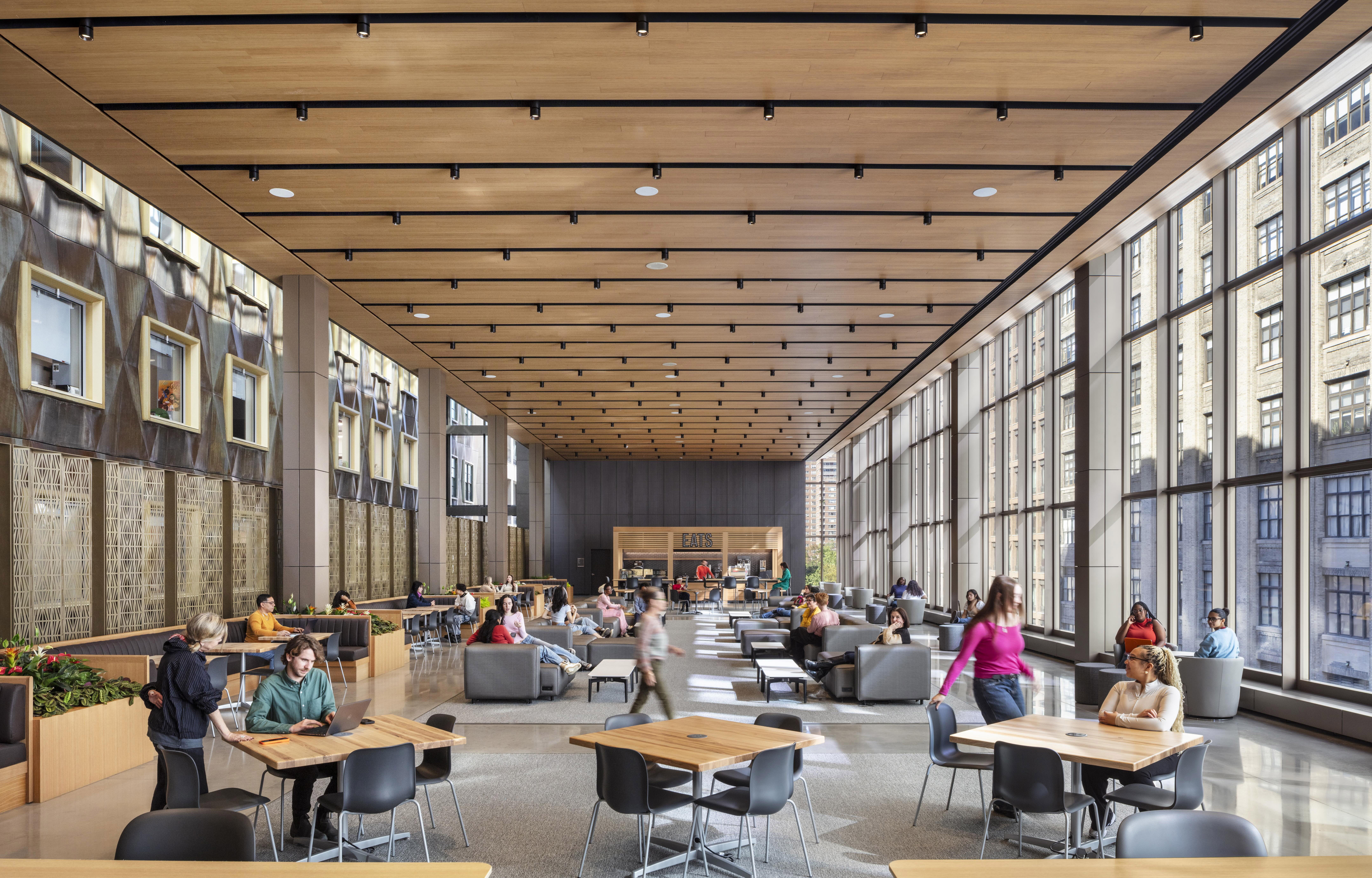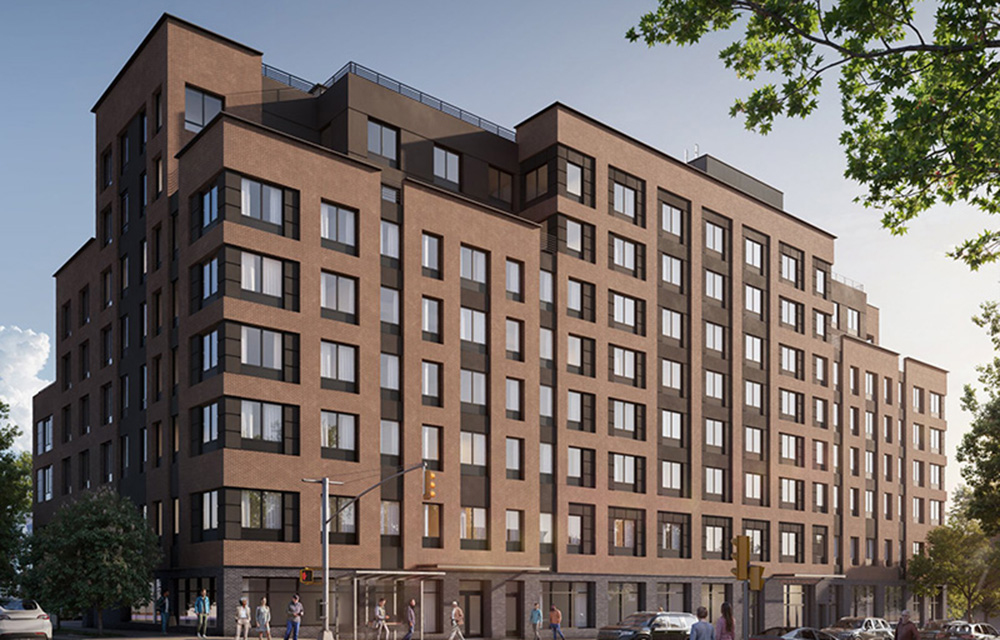A new found optimism about the future of a resilient workplace - by John Capobianco

Like 57% of the workers in the country, today is my 55th day working from home. We, especially in New York City, are still reeling from the vast impact of the COVID-19 virus on our communities. Many of our clients are working to strategize their workplaces reopening amidst mounting, sometimes conflicting, advice in the media and commercial real estate industry on the future of the workplace.
Looking through the lens of Maslow’s Hierarchy of Needs, safety (health and security) is the second most important human need after shelter. The virus has collapsed our sense of safety and health that, as practitioners, we value above all else. How can we arrive at a concept of normal without this critical component of our lives and practice guaranteed?
Near / Now:
In our practice, we are focusing on three main periods of time: The Now or immediate prospect of a slow reopening of our workplaces. The Near-Now, the long bridge period between the reopening and the time when a treatment or vaccine is developed. And the Future where we celebrate a recovery.
In the Now, we have developed tools that help us work with our clients to develop strategies to reopen their offices in a safer manner. These tools center around key elements—place, process, practices, services, protocols, technology, and governance—but are rooted in best practices from a variety of agencies such as the CDC, WHO, and OSCHA, as well as organizations like WELL and Fitwel. However, while best practices are being developed, it is through conversations with our clients that we are gaining insight about the path forward and longer term impact on the future of the workplace. With the virus still present in our community, though, the commercial real estate and design industries are still not meeting the needs of users in regard to safety. What good are daily sanitation and hygiene stations in the office when end users still need to get on the subway to go to work?
For many, forced work from home (WFH) has effectively ended the cultural issue of evaluation through being present at ones desk, and has shifted to evaluation based on results generated. One CEO of a major financial services firm even remarked, “we have proven that we can effectively operate with no footprint.”
WFH and Empathy
The inherent nature of WFH has pierced our constructed spheres of professional versus personal life and we are learning more about our colleagues than we ever have. By now, most of us have experienced the colleague with kids interrupting a Zoom call, or in my case, a dog that sleeps until a presentation is being conducted and becomes insistent on dinner. This also extends to those who are thriving and enjoying work from home, and those of us who cannot wait to get back to the office.
As the Near-Now period continues we will certainly see a continued period of WFH for the majority of workers. Social distancing protocols simply do not jive with 48” benching or dense meeting rooms. In a recent IA survey of over 1,700 clients and end users, 77% of respondents will be reevaluating work from home policies in the long term and 54% are considering technology improvements for distributed working. In the same survey, 90% of respondents miss “having face-to-face social interactions.”
This suggests a paradigm shift.
Fear not, the Office will Survive…
There is a lot of reactive noise in the media about the future of the workplace. I have heard everything from “the office is obsolete” to a suggestion in a major local interview that “our future will be relegated to small glass cubes.” Rising above this noise is a newfound optimism about the future of a “Resilient Workplace”. The basic principal of a Resilient Workplace is to shift how we think of designing a workplace towards lessening the impact of future crises. Strategies may include, for instance, planning for de-densification of open office areas as part of our design process. Critical to the Resilient Workplace is an emphasis on occupant health and wellness and the inclusion of systems, such as biophilia or technology that promote wellbeing.
Many end users will demand flexibility, both in “work from anywhere” and in the ability to be in the office full-time, or somewhere in-between. The great opportunity that we have as designers, architects, and the wider CRE industry is to be on the front line of redefining the very notion of what an office is. The new, empathetic, office will be a place for community, supporting a blend of resident workers and distributed teams, providing choices for all. The major difference between this and remote working programs pre-Covid is that the programs will emphasize creating a community that supports diverse lifestyles and human needs.
John Capobianco is a principal and the design director at IA Interior Architects, New York, N.Y.
Troutbrook expands with boutique condo project and Marriott Fairfield Inn & Suites renovation








.gif)
.jpg)

.gif)